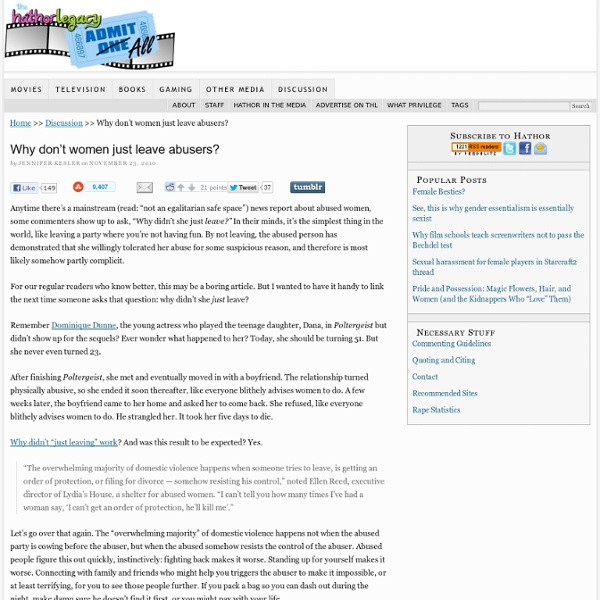



Less Empathy Toward Outsiders: Brain Differences Reinforce Preferences For Those In Same Social Group An observer feels more empathy for someone in pain when that person is in the same social group, according to new research in the July 1 issue of The Journal of Neuroscience. The study shows that perceiving others in pain activates a part of the brain associated with empathy and emotion more if the observer and the observed are the same race. The findings may show that unconscious prejudices against outside groups exist at a basic level. The study confirms an in-group bias in empathic feelings, something that has long been known but never before confirmed by neuroimaging technology. Researchers have explored group bias since the 1950s. "Our findings have significant implications for understanding real-life social behaviors and social interactions," said Shihui Han, PhD, at Peking University in China, one of the study authors. Other recent brain imaging studies show that feeling empathy for others in pain stimulates a brain area called the anterior cingulate cortex.
List of thought processes Nature of thought[edit] Thought (or thinking) can be described as all of the following: An activity taking place in a: brain – organ that serves as the center of the nervous system in all vertebrate and most invertebrate animals (only a few invertebrates such as sponges, jellyfish, adult sea squirts and starfish do not have a brain). It is the physical structure associated with the mind. mind – abstract entity with the cognitive faculties of consciousness, perception, thinking, judgement, and memory. Having a mind is a characteristic of humans, but which also may apply to other life forms.[1][2] Activities taking place in a mind are called mental processes or cognitive functions.computer (see automated reasoning, below) – general purpose device that can be programmed to carry out a set of arithmetic or logical operations automatically. Types of thoughts[edit] Content of thoughts[edit] Types of thought (thinking)[edit] Listed below are types of thought, also known as thinking processes. Lists
Social Psychology Links by Subtopic Attitudes and Social Cognition: Persuasion and Propaganda: Marketing and Selling: MarketingPower.com (American Marketing Association) National Association of Sales ProfessionalsMarketing Research AssociationSelling Power (tools, skills, and resources for sales professionals) Internet Marketing Center (focuses on Internet-based marketing) Social Marketing: Social Marketing (overview from Wikipedia) Social-Marketing.com (general information and resources) Social Marketing Quarterly (journal devoted exclusively to topic) Social Marketing in Public Health Conference (annual USF event) Social Marketing Resources (Centers for Disease Control and Prevention) Social Marketing Downunder (New Zealand, Australia, and South Pacific) Research Centers on Social Marketing: Social Marketing Institute (clearinghouse and research group) Institute for Social Marketing (University of Stirling, Scotland) Centre for Social Marketing (Carleton University, Canada) National Social Marketing Centre (U.K. Advertising: